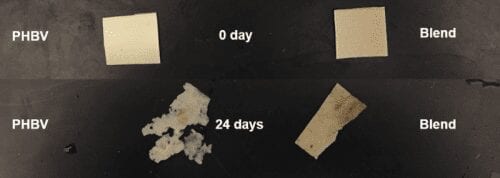
Boston Children’s Hospital is a 395-licensed-bed children’s hospital in the Longwood Medical and Academic Area of Boston, Massachusetts.
The Latest Bing News on:
Boston Children’s Hospital Research
- Research reveals mortality disparities among sexual minority women
Compared to heterosexual women, bisexual women died 37% sooner and lesbian women 20% sooner, according to results from one of the largest studies to examine sexual orientation-related inequities in ...
- Boston Children's Hospital psychologist talks best music for babies' development
Dr. Erica Lee, of Boston Children's Hospital, says listening to music and hearing lullabies, and especially playing an instrument, have a lot of benefits for infants.
- Research suggests historically redlined areas see more modern-day gun violence
In the 1930s, the United States government introduced redlining, a discriminatory practice that categorized neighborhoods based on people's race or ethnicity and denied financial services to residents ...
- Boston Children’s Hospital gets grant for modifying hematopoietic stem cells to increase pd-L1 expression
Transform hematopoietic stem cells with increased PD-L1 expression for treating autoimmune disorders and cancer. Learn about Boston Children's Hospital's groundbreaking patent method.
- Autism doesn’t discriminate. Autism research shouldn’t either
New research documents the social and systemic barriers that families of color face as they navigate the complex world of autism diagnosis and access to services.
The Latest Bing News on:
Boston Children’s Hospital Discovery
- One in Five Milk Samples Has Bird Flu Virus Fragments, Suggesting Cow Infections Are More Widespread Than Thought
The research has not yet found evidence that milk contains infectious virus, and the FDA says the commercial milk supply is safe ...
- What to know about the bird flu outbreak in the US after virus fragments found in milk samples
After inactive bird flu fragments were found in milk samples, here's everything you need to know about the recent bird flu outbreak.
- Virtual, Inc. Invites Community to Support Dana-Farber Cancer Institute's Jimmy Fund Day at Fenway Park
Virtual, Inc., the leading provider of professional services to membership-based organizations, continues its longstanding support for Dana-Farber Cancer Institute by sponsoring Jimmy Fund Day at ...
- UN calls for investigation into mass graves uncovered at two Gaza hospitals raided by Israel
US State Department spokesman Vedant Patel on Tuesday called the reports of mass graves at the hospitals “incredibly troubling” and said US officials have asked the Israeli government for information.
- Could helicopter parenting and a decline in ‘free play’ be causing the youth mental health crisis?
When Peter Gray remarried and became a stepfather to two small children in the early aughts, he made a discovery that surprised him. Most children were no longer allowed to play outdoors on their own.









